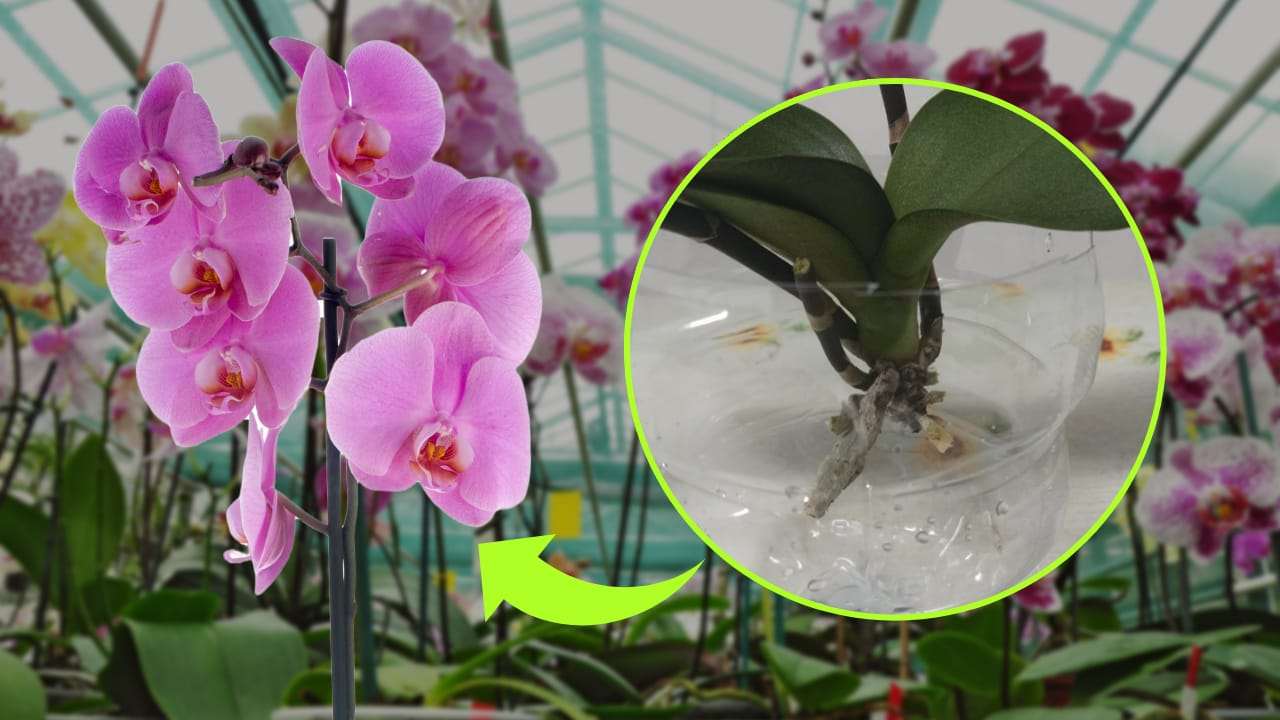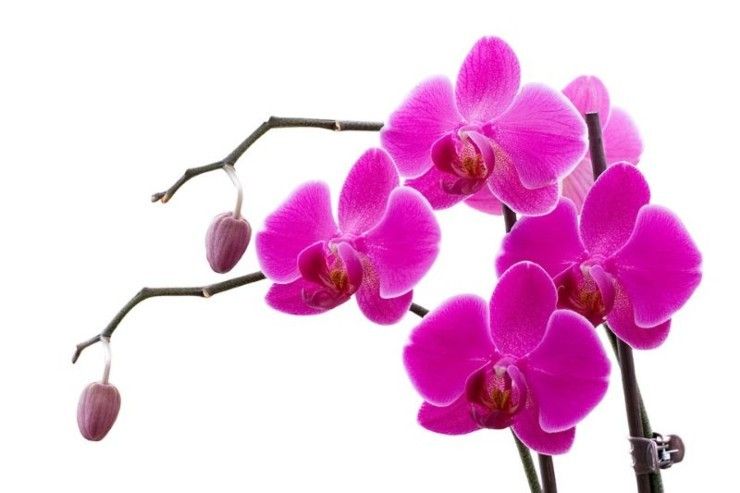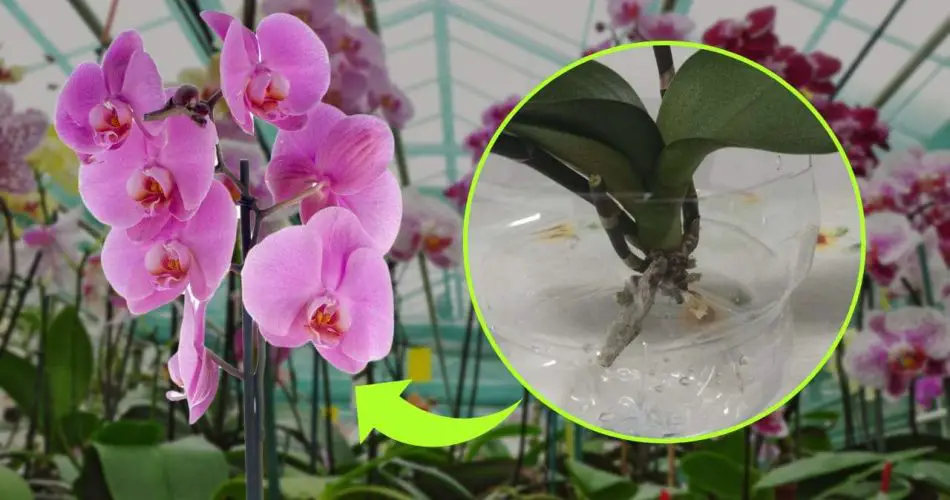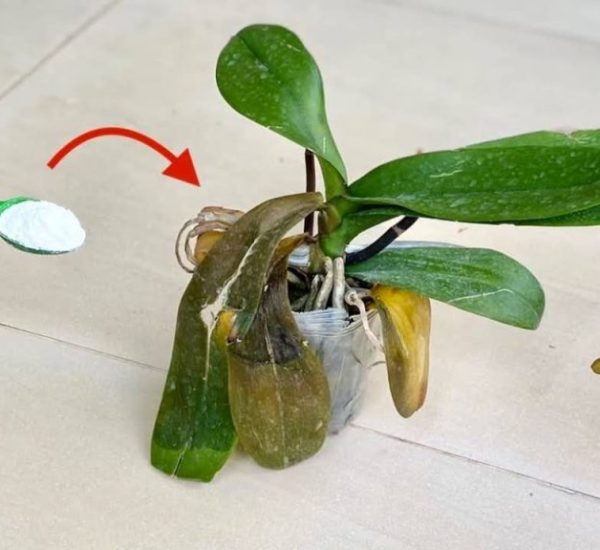Orchid Resurrection: A Simple Guide to Root Rejuvenation

Reviving orchids, even without roots, is a straightforward process that requires just a few steps. Orchids, with their unique blooms, were once considered elite plants due to their need for high temperatures and humidity. However, the evolution of varieties has made them adaptable to colder European climates, turning them into popular plants for homes and gardens. With around 20,000 species and 650 genres, each orchid variety comes with distinct characteristics and specific care needs. One universal rule, though, is avoiding direct sunlight exposure to prevent burning of flowers and leaves.
Nurturing Orchids: A Balancing Act
Orchids thrive with careful attention to their sunlight exposure and watering routines. Unlike everyday watering, orchids should be watered approximately every 5 to 12 days, slightly more frequently in warmer seasons. When orchids show signs of weakening, immediate intervention becomes crucial.

Orchid Root Revitalization: A Step-by-Step Guide
- Assessing the Roots: Orchid weakening often originates from the roots. Begin by using sterilized scissors to trim damaged roots.
- Prepping the Pot: Choose a pot with good drainage and add gravel to the bottom, facilitating efficient water drainage into the saucer.
- Secret Ingredient – Sand: To revitalize both the orchid and its roots, add sand to the pot. Create small holes with your fingers to insert the orchid’s roots.
- Watering and Placement: Water the orchid after placing it in the saucer to collect excess water. Position the plant in a sunny and ventilated location.
- Observing Growth: As the orchid recovers and blooms again, you’ll notice root growth. At this point, consider transplanting the orchid.

Orchid Care Tips
For optimal orchid care, pay attention to sunlight exposure. Orchids thrive at temperatures ranging from 20°C to 22°C during the day, with a minimum of 16°C at night. If leaves turn yellow due to excessive sun exposure, move the plant to a north-facing windowsill. Conversely, darkened backgrounds signal a lack of light; relocate the orchid to a sunnier spot without direct sunlight.

When it comes to watering, orchids prefer not to be drenched. Immerse the pot in a basin of water for 5 to 10 minutes, preferably using rainwater to avoid the effects of limestone present in tap water.
Ensure the orchid is planted in the right soil, with specialized orchid soil available at nurseries or garden centers. Finally, fertilize the orchid approximately twice a month from March to October for robust growth.



